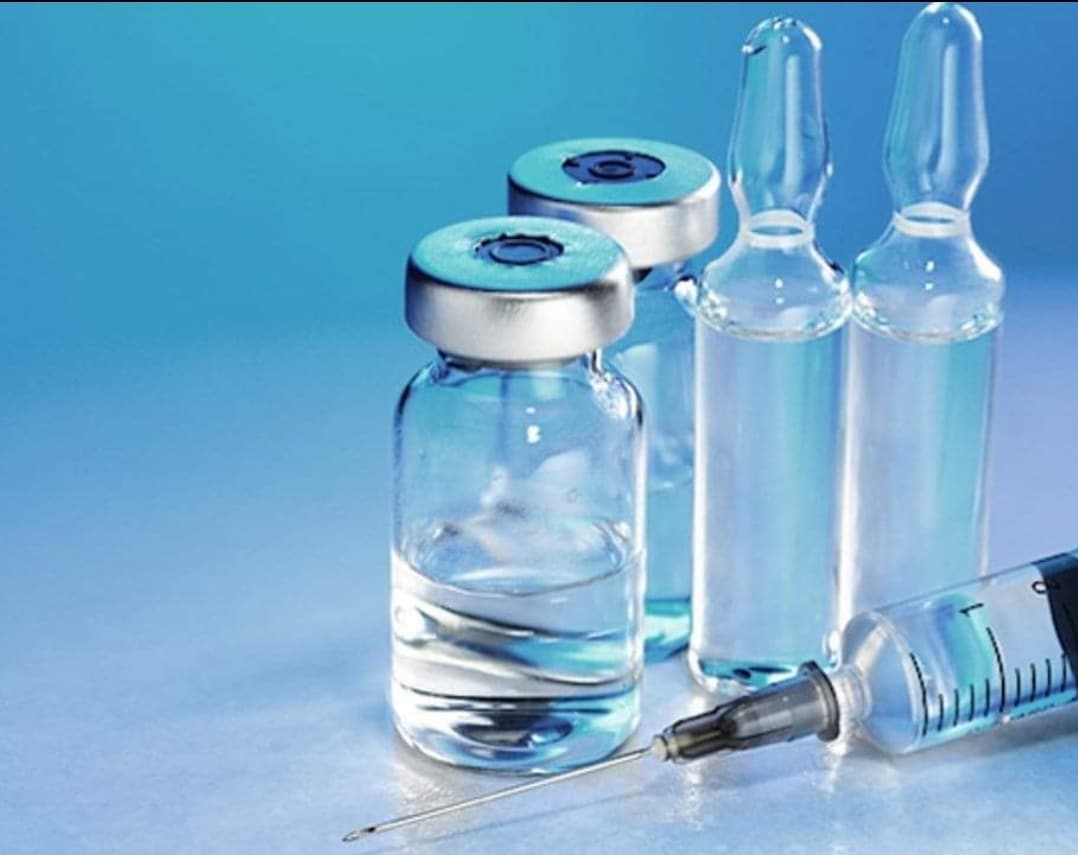USP Infusion Bag Stability Testing
The USP Infusion Bag Stability Test is a critical procedure within the pharmaceutical industry designed to evaluate the long-term stability of injectable and parenteral products. This test ensures that the product maintains its chemical, physical, and biological integrity over time under specified storage conditions. The primary objective is to assess whether the product remains safe for use throughout its shelf life.
The USP Infusion Bag Stability Test is governed by United States Pharmacopeia (USP) Chapter 1076, which provides a standardized method to ensure that the infusion bags used in pharmaceutical formulations do not degrade or change in a manner that would affect their efficacy or safety. This test is particularly important for products intended for intravenous administration, where any contamination could have severe health consequences.
The test involves placing the product in a controlled environment designed to mimic real-world storage conditions over an extended period. This can include temperature cycling (e.g., from 25°C to 40°C), humidity exposure, and light exposure. The infusion bags are subjected to these environmental stresses for predetermined durations, typically up to one year or more, depending on the product's intended shelf life.
The testing process requires precise control over environmental conditions to ensure accurate results. Temperature and humidity are critical factors that can influence the stability of injectable products. For instance, high temperatures can accelerate chemical reactions leading to decomposition, while excessive moisture can promote microbial growth or cause hygroscopic materials to deliquesce.
Once the test period is complete, the infusion bags are inspected for any visible changes in color, texture, or clarity. Additionally, physical and chemical analyses may be conducted on samples from the test groups. These tests include measurements of pH levels, osmolality, viscosity, and microbiological content to ensure that the product remains within acceptable limits.
The results of this stability testing are crucial for regulatory compliance and internal quality assurance. Regulatory bodies such as the FDA require proof of product stability to ensure that the drug is safe and effective when used under typical storage conditions. Compliance with USP standards not only ensures legal adherence but also builds consumer trust in the pharmaceutical industry.
For R&D engineers, this test provides valuable data on the optimal shelf life for new formulations. Understanding how different environmental factors affect product stability can help in optimizing packaging and storage recommendations. Quality managers rely on these test results to ensure that production processes are consistent and that products meet regulatory requirements before they reach the market.
In summary, the USP Infusion Bag Stability Test is an essential procedure for ensuring the safety, efficacy, and quality of injectable and parenteral pharmaceutical products. By following standardized methods outlined in USP Chapter 1076, manufacturers can confidently demonstrate that their products remain stable under real-world conditions.
Benefits
- Ensures product stability over the intended shelf life.
- Maintains product quality and efficacy during storage.
- Aids in regulatory compliance with USP standards.
- Promotes consumer trust by ensuring safe pharmaceutical products.
- Provides valuable data for optimizing packaging and storage recommendations.
- Reduces the risk of product recalls due to stability issues.
Why Choose This Test
Selecting USP Infusion Bag Stability Testing is crucial for pharmaceutical manufacturers aiming to ensure the safety and efficacy of their injectable products. This test not only meets regulatory requirements but also provides critical insights into product performance under various environmental conditions.
The test allows manufacturers to identify potential stability issues early in the development process, enabling timely adjustments to formulation or packaging if necessary. By doing so, companies can minimize the risk of recalls and market withdrawals, which are costly and damaging to brand reputation.
Additionally, this testing ensures that products meet stringent quality standards set by regulatory authorities like the FDA. This compliance is essential for gaining market approval and maintaining a positive business relationship with healthcare providers and patients.
The results of USP Infusion Bag Stability Testing provide robust data that can be used to guide product labeling and storage instructions, ensuring that consumers receive accurate information on how to handle their medications safely and effectively.
Environmental and Sustainability Contributions
- Promotes sustainable manufacturing practices by identifying stability issues early in the process.
- Aids in reducing waste by optimizing product shelf life and storage conditions.
- Contributes to environmental protection by minimizing the risk of contaminated products reaching the market.
The USP Infusion Bag Stability Test plays a significant role in promoting sustainability within the pharmaceutical industry. By ensuring that products remain stable over their intended shelf life, this test helps reduce the waste associated with expired or unstable medications. This, in turn, minimizes environmental impact and supports sustainable manufacturing practices.
Furthermore, by identifying stability issues early in the product lifecycle, manufacturers can make informed decisions about packaging materials and storage conditions. This approach not only enhances product quality but also contributes to a more environmentally responsible supply chain. The test helps minimize the risk of contaminated products reaching the market, thereby protecting public health and reducing the need for unnecessary recalls.





